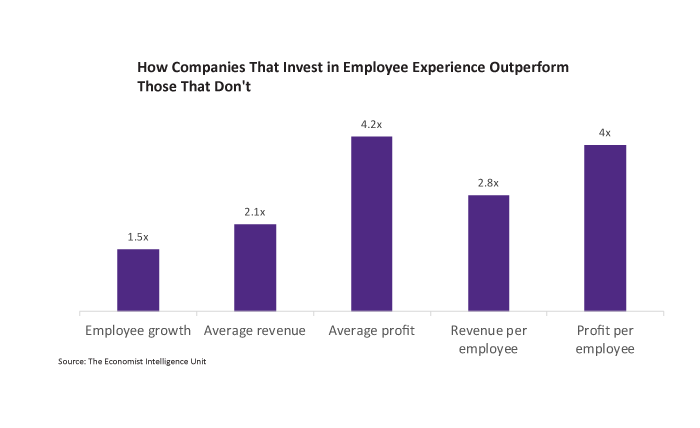Prioritizing the Credit Union Employee Experience

A crucial HR investment that has some companies outperforming others is a holistic approach to the employee experience, where improving culture and engagement leads to long-term benefits, for everyone. Credit unions would do well to examine their own approach to the employee experience and how to improve it.
A journey
The concept is simple: much like a customer journey, the employee journey is a roadmap of how workers interact with the company. Organizations are paying closer attention to what goals exist for both the employee and employer at each of these stages and how both parties can benefit from each step.
An example of the employee journey:
- Recruitment
- Interview
- Onboarding
- Performance reviews
- Rewards and recognition
- Advancement
- Leaving the company
Experience vs. engagement
The idea of the employee experience is tied to employee engagement, but they aren’t the same thing. Companies may spend a lot on employee engagement, but the results of these efforts can be mixed. In search of better results, some organizations are reallocating funds away from engagement toward experience.

What does this mean? It means instead of focusing on what employers want (greater engagement, retention and productivity), money is spent on what employees want (a more comfortable work environment, technology that is available to all, flexible work options, etc.).
According to a study by best-selling author Jacob Morgan, companies that invest in the employee experience have a clear advantage over those that do not. The study concludes that in the group of companies analyzed, improving the employee experience provides long-term benefits, not to mention a happier workforce.
Credit unions should take this to heart by actively seeking employee experience feedback and looking to implement changes to that experience throughout employment tenure, instead of only focusing on single “moments” of engagement.
« Return to "CUSG Blog Corner"